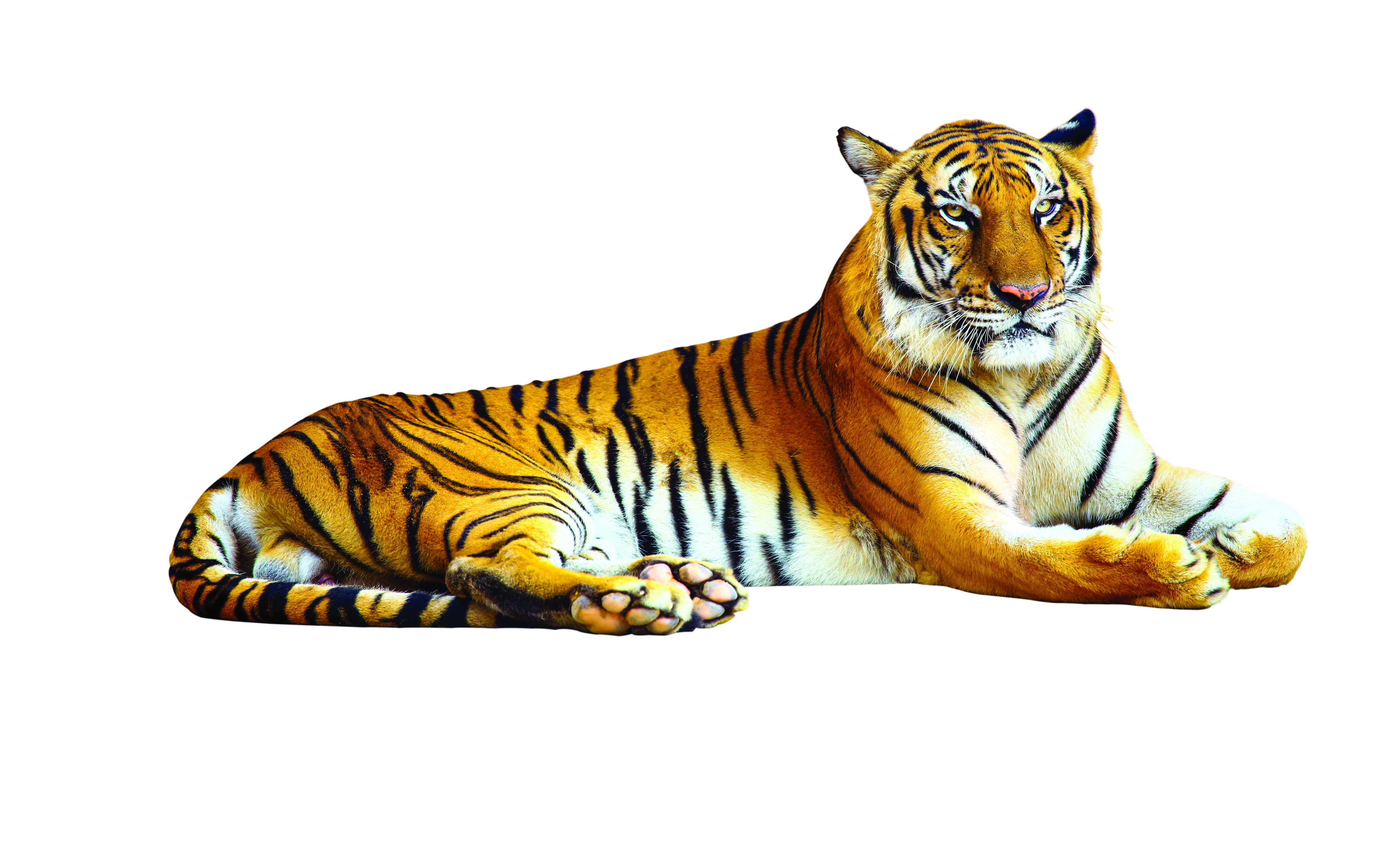
Tiger is the biggest and one of the most endangered large cats. The word “tiger” comes from the Greek word “tigris,” which may have a Persian source.
Just 100 years ago, large numbers of tigers lived across Asia, from Turkey to the eastern coast of Russia. That range since has shrunk by 93 per cent. Nine subspecies of tigers once roamed the forests of Asia. Now there are only six. Bali, Javan and Caspian tigers were driven to extinction in the past 50 years. Tiger subspecies include Bengal (Indian), Amur (Siberian, Manchurian, Ussurian and Northeast China tigers), Indochina, South China (Amoy and Chinese), Malayan and Sumatran.
A popular icon
The powerful size and beauty of the tiger has inspired myths in many cultures. They are often depicted as emblems on flags and coats of arms. The Bengal tiger is the national animal of Bangladesh and India. Today, many sport teams use the tiger as a mascot. Since ancient times, tigers have been captured for royal menageries and trained for circus acts. Today, the practice of training wild animals for entertainment is highly controversial.
Life in the wild
Females reach sexual maturity at 3 to 4 years of age, and males mature at 4 to 5 years. The tiger’s gestation period is about 3 ½ months. Cubs are born blind and are around the size of a house cat. An average litter size is three or four cubs, but usually only one survives to adulthood. The young leave their mothers at about 2 ½ years. Wild and captive tigers can live up to 26 years. Humans are the greatest threat to tiger populations.
Do you know?
The legs of a tiger are so powerful that they can remain standing even when dead.
After birth for the first week they are blind.
The saliva of a tiger is antiseptic.
Tigers never move in groups.
Their tongue is covered with numerous small, sharp, rear-facing projections called papillae.
Tigers can imitate the call of other animals and attract their prey.
The weight of a tiger’s brain is over 300g and it is the second largest brain of all carnivores, the largest being the brain of a polar bear.
On average, a tiger makes a large kill every eight days, eating about 50 prey animals a year.
• July 29 is marked as Global Tiger Day.
• Tigers shed their hair once or twice a year.
•The tail helps a tiger balance when it has to turn suddenly during a chase.
•A tiger can eat 60 pounds (27kg) of meat in one sitting.
•Sumatran tigers are the smallest tigers and have the darkest coats.
•Unlike most cats, tigers like water and are good swimmers.